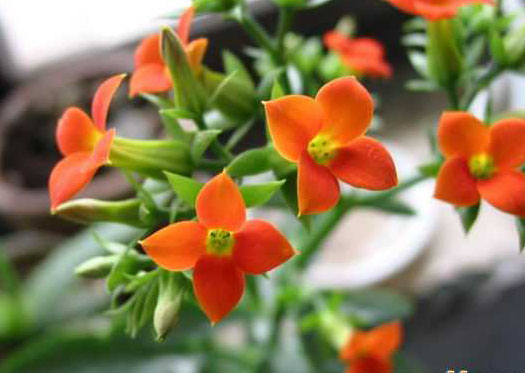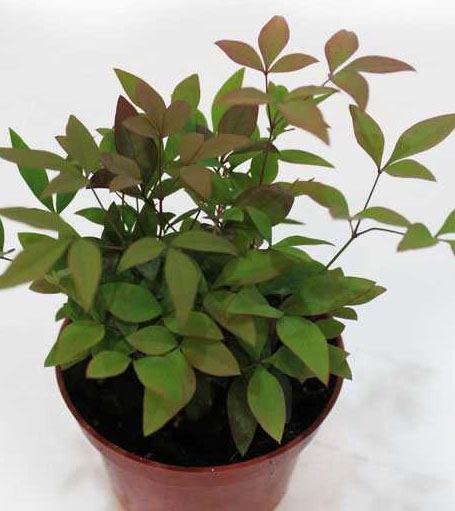What should be paid attention to in cultivating ball orchids?
The main results are as follows: (1) Cymbidium is a succulent plant with more water in its leaves. Therefore, watering can not be too much, otherwise it is easy to cause root rot.
(2) flowerpots should not be moved at will for buds and flowering plants, otherwise it is easy to cause flower buds to fall.
(3) after the flower fades, it should be allowed to wither and fall naturally, and the flower stem should not be cut off at will. Because most of the flower buds in the next year will sprout in the same place, if they are cut off, it will affect the number of flowers in the following year (which is also the reason why many ball orchids do not blossom and rarely blossom). Its branches are not resistant to pruning because of their slow growth. Only when the branch grows too long, cut it short to promote its germination and branching. In addition, it is appropriate to choose a high tube basin, each pot planted 5-7 branches, in order to survive on several high-foot frames to appreciate.

Points for attention in the culture of Cymbidium sinensis 1. Soil requirement
Ball orchid is suitable for indoor cultivation. Potted soil can be used as garden soil. Rotten leaf soil. The sand is mixed at 2:2:1. The drainage should be good.
two。 Lighting requirement
The intensity of the light will affect the bright degree of the ball orchid blooming. If you want to have a colorful and long flowering period. It is best to put the ball orchid in the brightest part of the room. But avoid direct sunlight. So as not to burn the leaves. The pot plant should be placed in the sunny place. Avoid direct sunlight. The room can be placed not far from the south window. The leaves can be kept green and bright. The flowers blossom well.
Iron wire can be used as a ring. Wind the branch around it. Let it climb and grow. It is more conducive to daylighting. The position of the pot plant can not be moved after budding. The bouquet is always facing the light for the best.
3. Temperature requirement
Sex likes warmth and dampness. The suitable temperature for childbearing is 18-28 ℃. After mid-October. The temperature should be 10-14 ℃. Leave it dry. Overwintering where there is plenty of light. The lowest overwintering temperature is 7 ℃. If it is less than 5 ℃. Is vulnerable to cold damage. Cause fallen leaves. Even the whole plant died.
4. Watering method
Heart leaf ball orchid watering should be mastered. "Don't do it, don't water it. If you water it, you will water it thoroughly. But do not accumulate water. So as not to cause rotten roots. Nor should there be a long-term drought. Otherwise, the leaves will turn yellow. Water should always be sprayed to the heart bulb orchid. Increase air humidity. Thicken the leaves. Full. And clean the foliar dust.
5. Reproduction method
The method of cutting or striping is used for propagation. It is easy to take root. Generally speaking, cuttage is carried out in late spring; a stem tip of about 10 cm is cut. And the incision is stained with rooting agent and then inserted into the soil for cutting. Buds can also be used. The soil temperature should be kept at 20-25 ℃ when cutting. It was cultured for about 8 weeks and 10 weeks. It will take root. Two weeks later. After the root is well developed, it can be transplanted. High branch crimping can be carried out in spring.
- Prev

Why can longevity flowers "live longer"
Longevity flower, dwarf cabbage, Christmas cabbage. Perennial evergreen succulent plants of Sedum family. Stems erect; leaves fleshy, opposite, elliptic-oblong, dark green glossy, margin slightly reddish; paniculate Cymes with colors of scarlet, peach, orange, yellow and white; small flowers
- Next

What should be paid attention to in cultivating Phyllostachys pubescens
According to the warm, humid and semi-shady environment of Nantianzhu, fertile soil with good drainage is appropriate. When cultivating, we should pay attention to the following aspects: (1) potted soil. The seedlings can be boiled when they grow to 10-15 cm. The upper basin soil should be mixed with 4 parts of rotten leaf soil, 5 parts of river sand and 1 part of cake fertilizer.
Related
- Fuxing push coffee new agricultural production and marketing class: lack of small-scale processing plants
- Jujube rice field leisure farm deep ploughing Yilan for five years to create a space for organic food and play
- Nongyu Farm-A trial of organic papaya for brave women with advanced technology
- Four points for attention in the prevention and control of diseases and insect pests of edible fungi
- How to add nutrient solution to Edible Fungi
- Is there any good way to control edible fungus mites?
- Open Inoculation Technology of Edible Fungi
- Is there any clever way to use fertilizer for edible fungus in winter?
- What agents are used to kill the pathogens of edible fungi in the mushroom shed?
- Rapid drying of Edible Fungi

